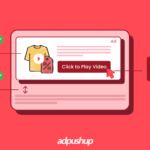Think about what people are doing on Facebook today. They’re keeping up with their friends and family, but they are also building an image and identity, which in a sense is their brand. They are connecting with the audience that they want to connect to. It’s almost a disadvantage if you’re not on it now.
— Mark Zuckerberg
Having an identity, your community resonates with, is a bliss. Building this identity is easy. All you need is an engaging digital presence, regular social media posts, some convincing arguments, and that’s it. At a personal level, the entire branding revolves around getting a few hundred friends to like your content. But, things change when you enter a grey area.
When you start earning out of that identity. Things change when you start relying on hundreds millions of these friends strangers that need some consistently delivered high-quality content. At a business level, it becomes a hard win. Website owners invest backbreaking efforts to build and maintain this identity and the community that resonates with it.
Businesses start turning into brands when their audience starts advertising. When the followers spread the word about their incredible experience. The question, however, remains – how successful are businesses today at owning such an audience?
Can publishers call their traffic a part of their loyal following? Traffic that likes their good-quality content but never comes back to check out the next good-quality content they published? They must not.
But, if publishers are building an audience and are still failing to own it, what could possibly be going wrong here?
Not bringing that built audience back.
Browser or web push notifications were introduced in 2015 by Chrome. The framework was made simpler, for tool developers to dive in, with Firebase Cloud Messaging in 2016. And here we are today, three years later, integrating into our website a conduit of sales conversions, content distribution, and possibly everything that needs interaction with more than a billion people, in real-time.
What Are Web Push Notifications?
Web push notifications are clickable alerts sent from a website. For publishers, push notifications are a one-stop solution to deliver real-time content updates to their subscribers, even when they are not on the website.
From a business front, web push notifications act as a marketing channel for publishers that helps them build a loyal subscriber base and escape the never-ending hustle of relying solely on the duopoly (Google and Facebook) for it. All you need to own this “reliable audience” is a one-time subscription from the site visitors.
Publishers can exercise everything in their power to get users to subscribe to push notifications. They choose the type/design of the opt-in, decide when to prompt a user to subscribe, and invest equal energy in deciding what content gets pushed, to whom and exactly when.
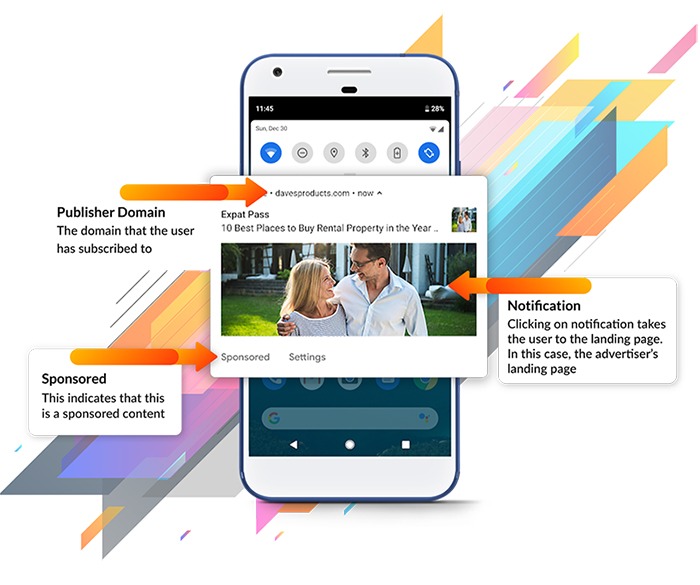
But, all that glitters is not gold. Like all other marketing channels in the past, this too came with its downsides. Being a push-based marketing channel, no permission is required to deliver a web push notification. That’s not a downside.
Great power in the hands of publishers that resulted in the increased misuse of the channel, gradually became one. And now, the increasing churn (unsubscription) of newly acquired subscribers has started to take a toll on the entire publishing ecosystem.
Why The Churn?
Some publishers are failing to respect the user experience by either pushing too many notifications or by not maintaining any content relevance in their notifications. It is as weird as receiving “10 ways to massage your head” from a website, you subscribed to for receiving marketing tips.
Publishers must practice utilizing the channel more judiciously. Failing at which might bring challenges like subscriber churn, or worse, users made ignorant towards the whole channel in a long run.
Best Web Push Notification Service Providers
Here is the latest snapshot of G2 Crowd’s comparison of the industry leaders. This grid includes the most popular and recommended players. We wanted to dive deeper and cover those who truly understand the publisher ecosystem and have built a solution to serve challenges of the publisher ecosystem.
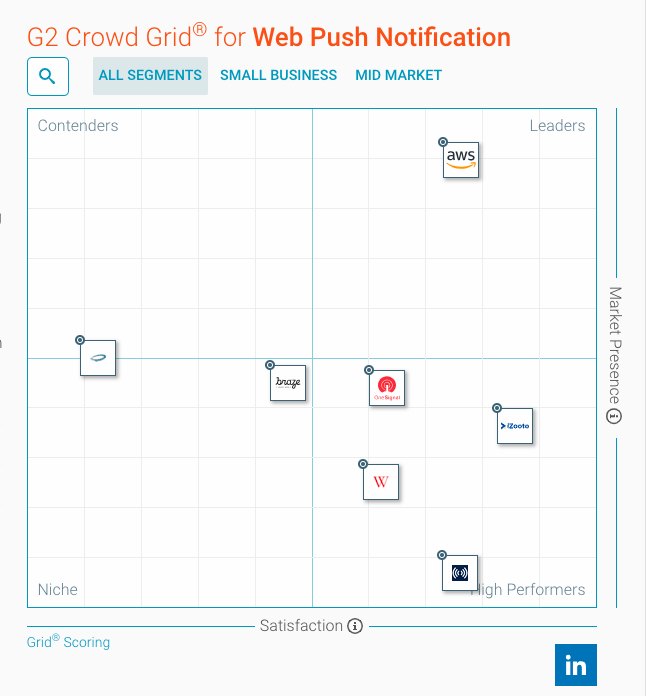
Rolled out about 3 years ago, web push notifications undoubtedly became the easiest yet effective source to build and engage an audience. This higher ROI gave way to numerous service providers entering the niche and making the industry smarter out of demand, out of the competition. We will now cover top 8 players who specifically cater to publishers –
1. iZooto

Used by more than 15,000 marketers to send 10B+ notifications every month, iZooto is the second largest push notification service provider in the world. With iZooto, publishers are not only building and engaging their audience but also monetizing them with native content ads served on push notifications.
Publishers using iZooto have been able to boost their traffic by up to 18%. Unlike conventional banner ads, native content ads are bringing these publishers an average CTR up to 2% – 3%.
There’s more. Apart from an additional revenue channel, publishers working with iZooto are now able to generate 15-22% of their traffic using push notifications and are increasing their revenue by 15%.
Browser Compatibility: Safari, Chrome, Firefox, Windows Edge, Opera, UC Browser, Samsung Internet
Platform Plugins: WordPress, Zapier, Drupal
Pricing:
- Free: Unlimited subscribers for Publishers and Bloggers.
- Paid: It starts from $49 and includes advanced features like geolocation-based and user-based audience targeting.
Head to iZooto’s pricing page for more details on their subscription plans: Try iZooto
2. PushAlert

PushAlert brands itself as a marketing automation and user engagement SaaS platform that helps publishers boost their site traffic with push notifications. Trusted by 5000+ businesses worldwide, PushAlert provides features like multi-website support, unlimited segmentation and audience retargeting.
It also offers ready to use APIs and in-depth analytics to track the performance of a campaign with metrics like impressions, clicks, delivery rate, and CTR.
Browser Compatibility: Chrome, Firefox, Microsoft Edge, Samsung/Android Mobile Browser
Platform Plugins: WordPress, Joomla
Pricing:
- Free: Up to 3K subscribers
- Paid: It starts from $12/month (up to 50K subscriber). If you want to avail their service on more than one platform, Push Alert offers another paid plan allowing 3 websites and 3 multi-user login for $39 and 5 websites and 5 multi-user login for $99 (up to 100K subscribers).
Head to PushAlert’s pricing page for more details on their subscription plans: Try PushAlert
3. FoxPush
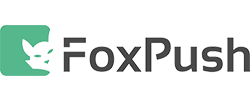
An Australia-based web push notification service provider, FoxPush aims at simplifying the process of creating and sending segmented push notifications and providing most sophisticated audience-targeting.
The rapidly growing technology firm guarantees a CTR of 20% and provides key features like the quick and easy setup, geo-targeting, live tracking, emoji-support, device targeting.
Browser Compatibility: Safari, Chrome, Firefox, Opera
Platform Plugins: None
Pricing:
- Free: Up to 50,000 subscribers and 1,500,000 notifications
- Paid: It starts from $49 (up to 100,000 subscribers). FoxPush also offers an advanced plan including features like advanced reporting, customized segmentation, city targeting, etc for $199 (200,000 subscribers)
Head to FoxPush’s pricing page for more details on their subscription plans: Try FoxPush
4. One Signal
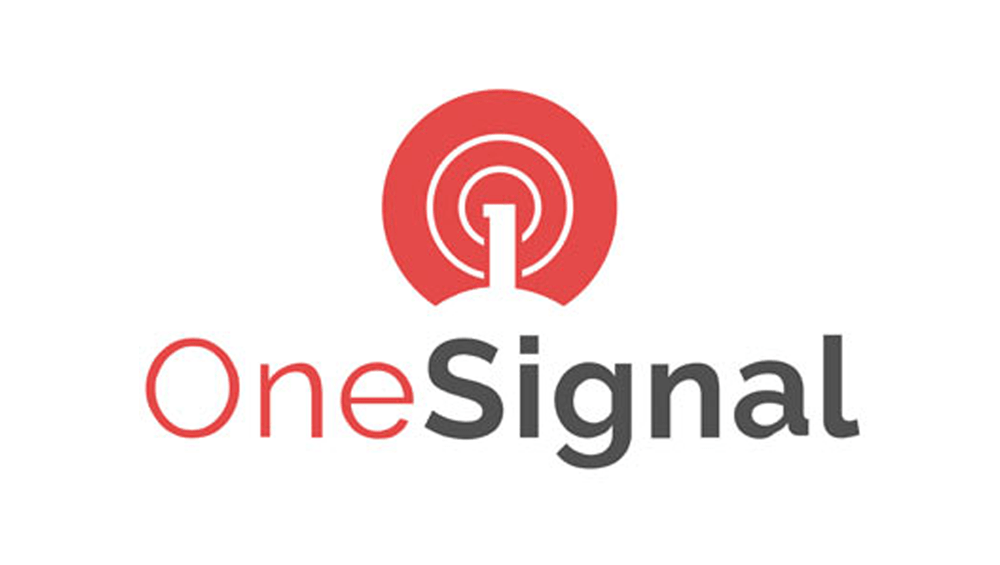
OneSignal is a US-based technology firm that provides a complete push notification solution for. mobile apps. Founded in 2014, OneSignal is trusted by 597,117 developers worldwide to send 1.2 billion push notifications daily from 100K mobile apps.
Its features include scheduling delivery, unlimited segments, full API, unlimited devices, real-time analytics, and A/B testing. Uber, Cisco, Adobe, Slate, LINE are a part of OneSignal’s clientele. OneSignal has seen massive adoption with developers and is currently the largest push notification provider in the world processing over 30B+ notifications a month.
Browser Compatibility: Chrome, Firefox, Microsoft Edge, UC Browser, Opera, Samsung/Android Mobile Browser
Platform Plugins: WordPress, Zapier, Drupal, Joomla
Pricing:
- Free: Free with no limit on subscribers (data may be shared with OneSignal partners for advertising and research)
- Paid: It starts from $99/month (up to 30,000 subscribers) and halts all the data sharing with any third party. This plan charges $2.5/month for additional added 1000 subscribers after reaching the 30,000 subscriber limit.
If you own a large enterprise website where subscribe count is expected to go way beyond this permissible limit, you’re suggested to avail their advanced plan that pushes the limit to 200,000 subscribers for $499/month.
Head to OneSignal’s pricing page for more details on their subscription plans: Try OneSignal
5. PushPad
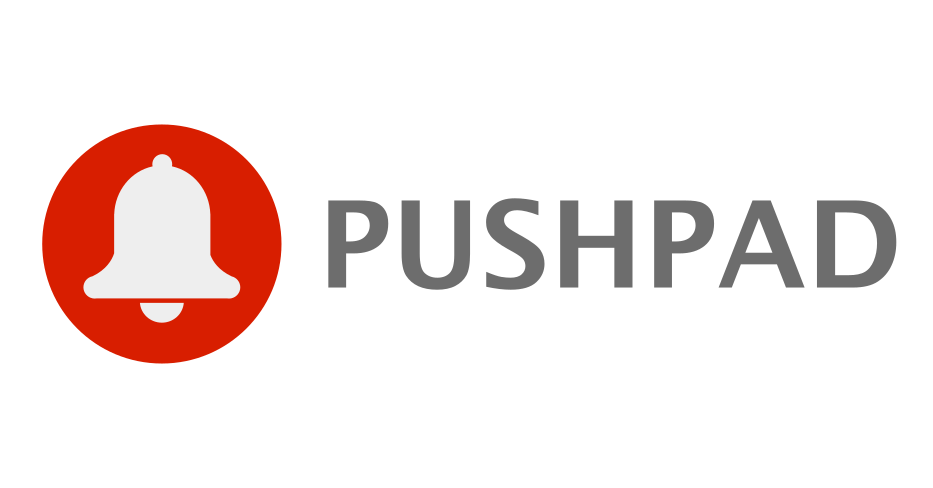
Pushpad is a developer first solution that now provides powerful API for developers helping them to set up push notifications on their website. A push notification service provider with high-tech API technology, PushPad is a professional solution for web app developers.
Used by over 6,000 developers, the technology firm provides a complete analytic tool that helps to create custom reports with detailed stats. It is a zero setup solution.
Browser Compatibility: Safari, Chrome, Firefox, Microsoft Edge, Opera, Samsung/Android Mobile Browser
Platform Plugins: WordPress, Drupal
Pricing:
- Free: The tool is free for a 30-days trial period.
- Paid: $11.45/month are charged up to first 5000 subscribers. For each addition after 5000 subscribers, you would be charged a monthly rate of $0.0023/subscriber.
Head to PushPad’s pricing page for more details on their subscription plans: Try PushPad
6. PushNews

Pushnews is a user engagement tool that provides an 18% average click-through-rate for push notifications. The tool also offers a super push feature that lets you push large-image (360X240) notifications to grab higher click-rates than a regular push notification.
It also offers Onsite-push where you can forward notifications to all the visitors that are on your website.
Browser Compatibility: None
Platform Plugins: WordPress
Pricing:
- Customized paid plans: The tool is free for the first 14 days. Past that you would be offered different pricing slabs (customized) for 2,000, 5,000, and 10,000 subscribers.
Head to Pushnews’s pricing page for more details on their subscription plans: Try Pushnews
7. Subscribers

Subscribers is an open source software that helps customers generate high-traffic with web push notifications. The tool doesn’t require much technical knowledge for installation.
It provides real-time reporting and tracking which makes it easier for analyzing the performance of a campaign. With Subscriber, a user can push unlimited notifications in real-time even with the free plan.
Browser Compatibility: Safari, Chrome, Firefox, Samsung/Android Mobile Browser
Platform Plugins: WordPress
Pricing:
- Free: The tool doesn’t charge anything up to the first 200 subscribers
- Paid: For the subscriber count of 201-10,000, a $29/month plan is offered by the platform. But if you don’t want to limit your audience building strategies by this count, a $99/month plan for unlimited subscriptions would be the best fit.
Head to Subscribers pricing page for more details on their subscription plans: Try Subscribers
8. Urban Airship

Founded in June 2009 in the western US, Urban Airship is a worldwide leader in digital customer engagement. It’s a growth platform that provides engagement channels, orchestration and optimization, and analytics and data solution to the world’s leading brands.
It delivers personalized notifications across apps, websites, mobile wallets, email, and SMS. The technology firm is trusted by companies like AccuWeather, Adidas, Alaska Airlines, Paytm, etc
Browser Compatibility: Safari, Chrome, Firefox, Microsoft Edge, Opera
Platform Plugins: WordPress, Drupal
Pricing:
- Free: The tool is free for the first 1000 subscribers.
- Paid: $99/month up to 10,000 subscribers with features including personalization templates, A/B/n testing API, and audience list uploader.
Head to Urban Airship’s pricing page for more details on their subscription plans: Try Urban Airship
9. MoEngage
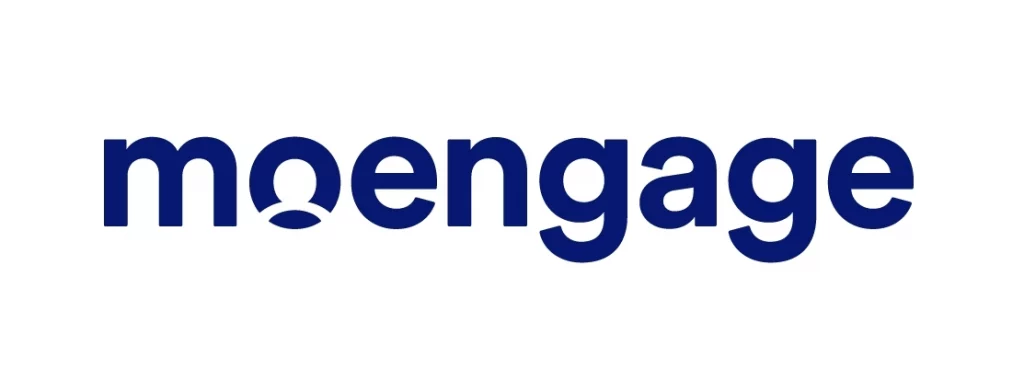
MoEngage is a customer engagement platform that helps marketers or product managers/owners engage, acquire, or retain customers. Using MoEngage’s push
notification platform, you can drive contextual communication through dynamic, personalized push notifications across devices and ensure higher deliverability with our proprietary technology, Push AmplificationTM Plus.
Additionally, MoEngage has helped more than 1200 global customer brands achieve:
- More than 81% increase in push notification delivery rates
- 75% uplift in CTR with stylised notifications
- 26% increase in repeat customers
- 44% increase in top-line North Star metrics
With the help of competitive features like personalization, segmentation, and transactional alerts, you can build omnichannel journeys across multiple channels to enhance the customer experience. With MoEngage’s in-built analytics, you can access customer journey maps and campaign performance reports.
Browser Compatibility- Safari, Chrome, Firefox, Windows Edge
Platform Plugin- WordPress
Pricing- Custom Plans depending on the number of customers
CTA- Book a Free Consultation / Try MoEngage
Feature by Feature Comparison
Detailed above were the eight most popular push notification service providers in the industry. If you receive 100,000 unique monthly visitors, here is what the product cost would look like for each tool.
Before making a purchase, we recommend you to go through every option available to understand and make full use of this channel’s capacity.
—
This post is authored by Neha, Product Marketer at iZooto. Neha works with a single focus of helping publishers grow faster and better. Coming from the lap of Himalayas, she is a theatre artist, who loves dropping gears to travel the mountains. When not in office, she can be found roaming in streets finding next good cafeteria to eat at.

Shubham is a digital marketer with rich experience working in the advertisement technology industry. He has vast experience in the programmatic industry, driving business strategy and scaling functions including but not limited to growth and marketing, Operations, process optimization, and Sales.

